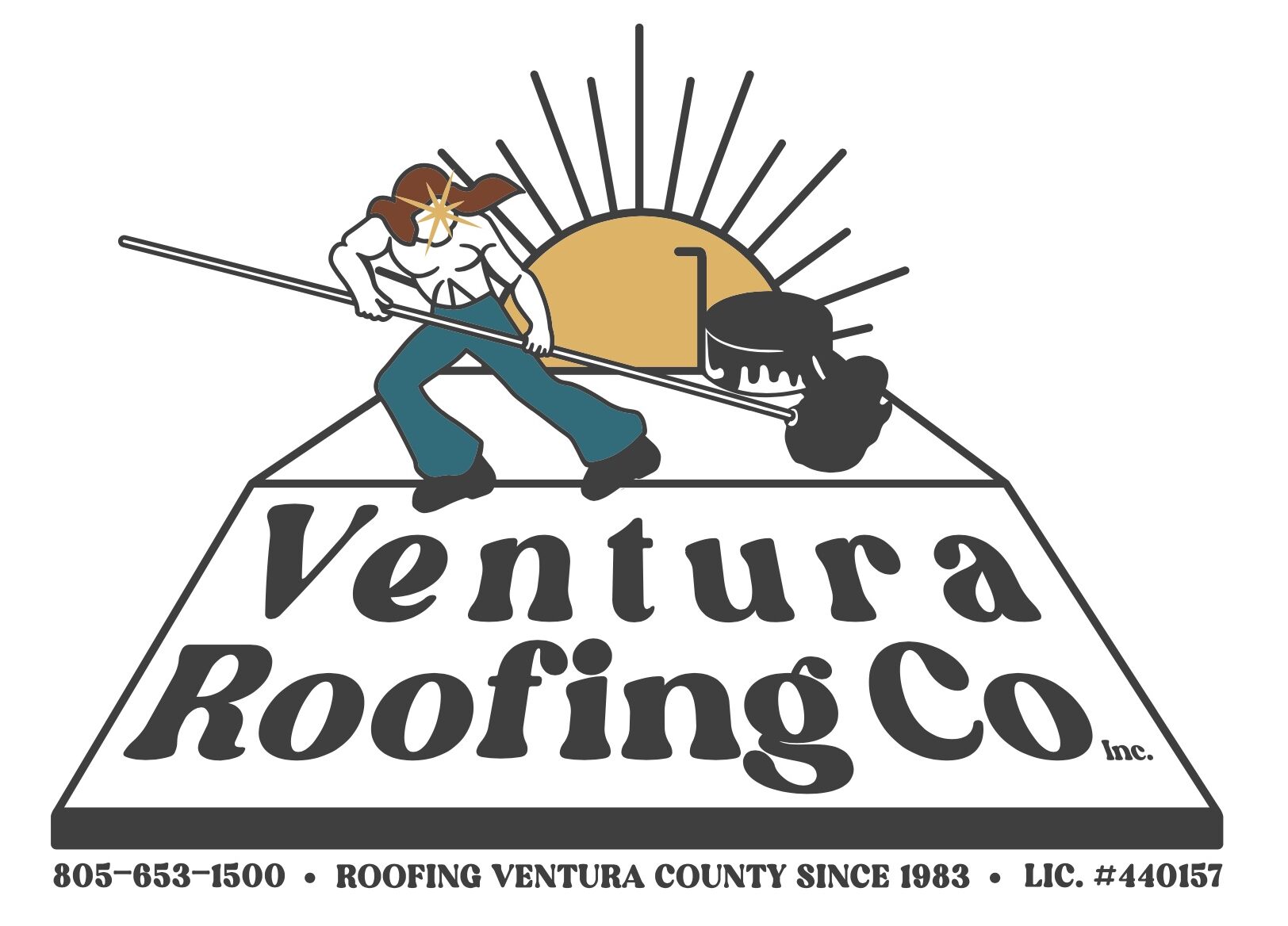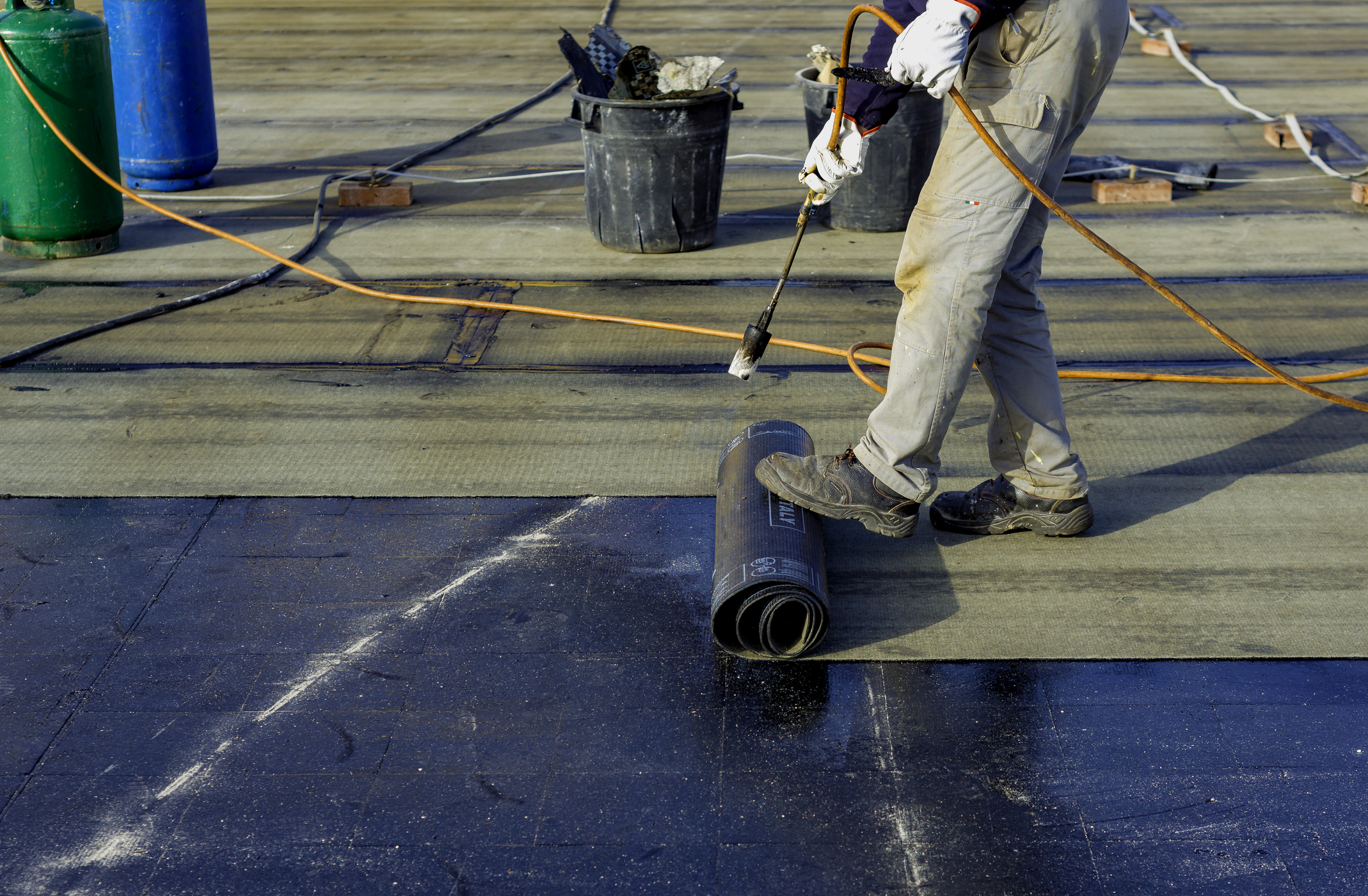In many cases, a flat roof will have a lot of benefits for you, but if you have one installed, you’ll need to ensure you have the best material used on it. That’s because while flat roofs do have a reputation for needing repair quite often, you can reduce that with the right materials. Here’s what you need to know about the types of flat roof materials available and how a good roofer can use them to create a reliable flat roof for you.
The Difference Between Flat Roof And Pitched Roof Materials
On this list, you’ll soon see that the types of flat roof Materials used for flat roofs differ from pitched roofs. For example, you won’t install asphalt shingles or metal roofing on your flat roof. The materials used on these roofs allow water to move over the surface easily. That’s because a pitched roof has the advantage of a steeper angle. That allows water to run down it and into the guttering, so it’s directed away from the roof.
A flat roof will always have a slight pitch, typically ¼ to ½ per foot, but they will still be mostly flat. As such, those kinds of materials wouldn’t work. If you used shingles, the water would seep right through them. As such, you’ll want to ensure you’re using the right materials for the job at hand.
The Best Types Of Roofing Materials For Flat Roofs
With this in mind, let’s look at the most common roofing materials used for flat roofs. Everyone has different needs for their home, and these materials cover all of these. That allows you to pick the material that suits you best.
Single Layer Built Up Roofing
When looking into newer types of flat roofing materials, this will be the one that you’re likely to see. Single layer roofing will come in various materials, but EPDM rubber is the most common. These roofs are installed as thin sheets in a single layer and can be attached in several different ways. They can be glued down to the roof structure, anchored with fasteners, or held down with stone, although your roof will need to support the weight.
There are several advantages to using these roofing types. Firstly, as they are so lightweight, you’ll be able to install them on most roofs without drastically adding to the weight on that roof structure. Plus, even though they’re a single thin layer, they’re highly resistant to tearing. One of the biggest benefits is that the materials will be able to expand and contract with temperature changes without damage.
If you’re considering this option, remember that it will often come in black as standard. This color will absorb heat, and that’s going to add more to your energy bills without adequate insulation. You can get the materials in lighter colors, but this often adds more to the cost. As well as this, you’ll want to know that EPDM roofing is often more vulnerable to punctures than other roofing types.
Built-Up Roofing
When you think of flat roofing materials, this is most likely what you’re thinking of. This type of roofing is made with several layers of roofing felt that has been impregnated with asphalt. These are installed in layers on your roof, with bitumen applied between them with a hot mop. Once the roofing has been applied, the asphalt and bitumen blend together, creating one full layer of roofing. You’ll see that this roofing is usually applied in 2 to 4 layers to get the right thickness. Once it has been applied, thinly crushed stone is applied to the top surface to protect the roof from UV rays and rain.
Built up roofing has been a top option for flat roofs for so long as it does offer a lot of benefits. For example, it’s a very cheap option when compared to others, something that’s appealing when it comes to roofing. Plus, the gravel that’s applied on top is excellent at resisting fire.
However, there are some things you need to consider if you’re going to apply this material to your flat roof. It’s very heavy, and in some cases, roofs will need to be strengthened before you can have them installed. The installation will always have to be done by experts, and it’s best if you’re not home when they do so due to the smell and mess it creates. Plus, the nature of the roof makes it hard to find leaks if one should start. You should also be aware that the gravel can clog your gutters, too, if you’re not careful.
Modified Bitumen Roof
This roofing material was created in the 60s as an alternative to traditional built up roofing. Instead of the layers of roofing felt, this uses a single ply material that can be applied in a variety of ways. These materials use polymers to increase elasticity in the roofing, as well as resistance to the elements. These roofs can be installed either hot or cold or via torch. Newer roofing systems can actually be installed via a peel and stick method, making them much easier to install.
If you’re looking for roofing that you can install yourself, then a peel and stick modified bitumen roof will be what you’re looking for. You can also use them as a way to cut energy bills, as they come in light colors that will reflect UV rays. That makes them excellent for those living in hot climates.
Be aware, though these roofs aren’t as resistant to scuffs and tears as other roofing options. If you’re using the torch method to apply it, this is a fire hazard, and again, you’ll want to be away from home when it’s being done. These are the types of flat roof materials for your flat roof right now. They all have their benefits and drawbacks, so you’ll need to decide which one is the right one for you and your home’s needs.


